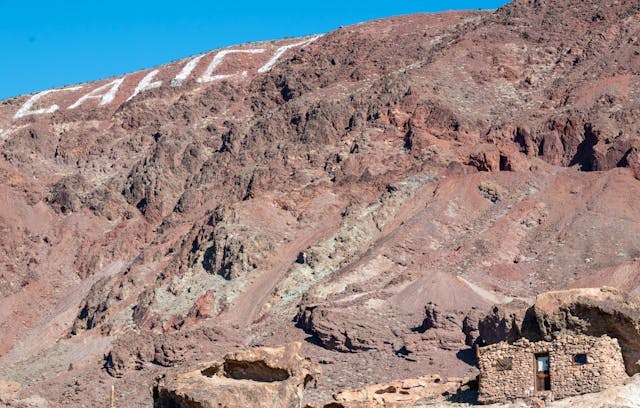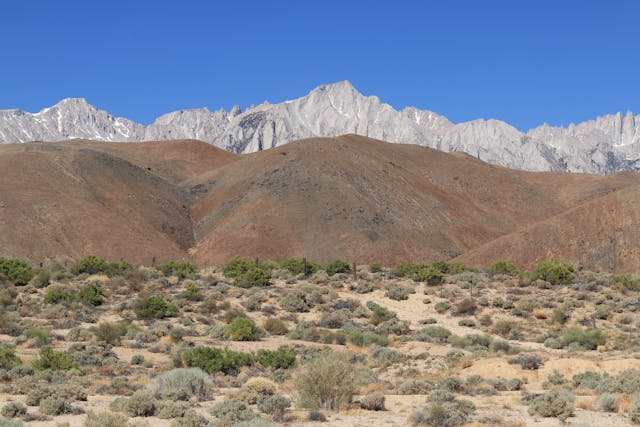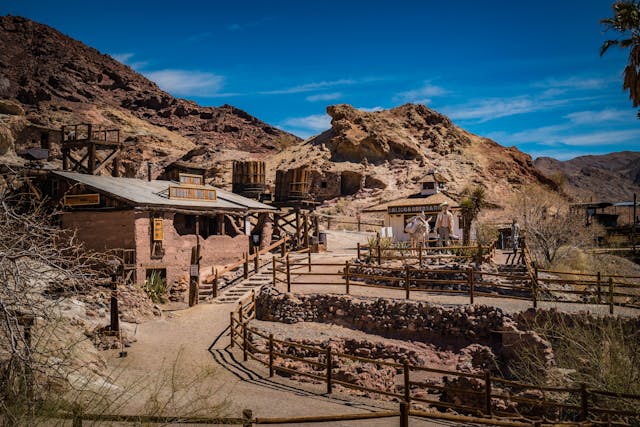
The Sierra Nevada is a place of wild beauty and forgotten dreams. Hidden among its ridges and valleys lie remnants of ambition and despair—places where men chased gold, silver, and a better life, only to leave behind silence and decay. This article delves into the stories of ghost towns and ruins in California’s High Sierra, revealing the lives once lived and the eerie calm that remains.
Traces of Life in Abandoned Places
There’s something powerful about reviving the past. It means walking through forgotten streets and letting old voices be heard again. Every creak of wood, every broken window, and every sun-bleached wall tells a story of effort, hope, and loss.
To walk through these towns is to feel the presence of miners and settlers who once gambled everything on the promise of fortune. Though their efforts have long faded, their marks remain etched into the landscape and history of the High Sierra.
Bodie: The Timeless Ghost City
Bodie stands as the most famous of California’s ghost towns. Once home to nearly ten thousand residents, the town thrived on gold and silver during the late 1800s. Its streets were lined with saloons, boarding houses, and stores. When the mines closed, life disappeared almost overnight.
Today, Bodie is preserved in a state known as “arrested decay.” Wooden facades still stand, interiors remain half-intact, and artifacts are left as they were found. Visitors can still look through dusty windows and imagine the lives that once filled them. Bodie defines the essence of ghost towns and ruins in California’s High Sierra—a frozen portrait of human ambition turned quiet.
Bennettville: The Forgotten Silver Settlement
High in the Tioga region near Yosemite, Bennettville began as a silver mining dream in the 1870s. Investors built an entire town expecting a boom, but the ore veins failed to deliver. By the 1880s, residents were gone.
Only a bunkhouse and assay office remain, restored to show what life was like at 10,000 feet. The fierce winters and rugged isolation made survival difficult. Bennettville’s short existence is a reminder of the risks miners took and how quickly prosperity could vanish in the mountains.
Dog Town: California’s First Gold Discovery in Mono County
Dog Town, located along the eastern slope of the Sierra, was the first settlement in Mono County established for gold mining. Founded in 1857, it grew rapidly before a devastating fire, and the depletion of gold drove residents away.
Stone ruins and broken foundations are all that mark its location today. The story of Dog Town reflects the fleeting nature of mining booms—where a rush of people could build a town in weeks and abandon it just as fast.
Mount Ophir: Where California Minted Its Dreams
Mount Ophir, near Mariposa, once held the first authorized mint in California. Established in the early 1850s, it became a key stop for miners seeking to exchange gold dust for coins and bullion. The town boasted hotels, stores, and a large trading post before decline set in.
Today, Mount Ophir’s stone foundations and crumbling walls hint at its former prominence. Its remains remind travelers that even official recognition and rich production could not guarantee survival once resources ran out. Exploring these towns means tracing gold rush footsteps across a rugged and demanding landscape. Travelers often find themselves on rough dirt roads, climbing through steep canyons, or walking across open desert flats.

Cerro Gordo: The Silver Giant in the Clouds
Perched above Owens Valley, Cerro Gordo was once one of California’s richest silver producers. During its peak in the 1870s, it supplied ore to Los Angeles and helped fuel the city’s early growth.
The American Hotel, miners’ cabins, and rusted equipment still cling to the steep mountainside. Although remote, the site draws visitors for its haunting beauty. Cerro Gordo’s perseverance against the elements makes it a vital chapter in the story of ghost towns and ruins in California’s High Sierra.
Lundy: A Quiet Retreat from the Boom
Tucked near Mono Lake, Lundy once served as a silver mining hub. Unlike the larger camps, Lundy’s remote location kept it small. Winters buried the town in snow, and isolation made life harsh. By the early 1900s, its buildings began to crumble.
Visitors who hike into Lundy Canyon today often find themselves surrounded by silence and history. The ruins blend beautifully with the landscape, giving travelers a moment to pause and imagine life in the 1880s.
North Bloomfield: Hydraulic Power and Environmental Change
North Bloomfield sits inside what is now Malakoff Diggins State Historic Park. In the 1860s, it was one of the largest hydraulic mining towns in California. Giant water cannons blasted away hillsides in search of gold, forever altering the terrain.
The preserved town includes homes, a general store, and public buildings. It stands as a rare window into the scale and environmental cost of hydraulic mining. North Bloomfield connects directly to the legacy of ghost towns and ruins in California’s High Sierra, balancing fascination with reflection.
Photogenic Shadows of History
From the leaning facades of Bodie to the rusted machinery at Cerro Gordo, these places are undeniably photogenic. Their weather-worn charm, open skies, and wild settings make every corner feel cinematic. Travelers seeking the perfect shot will find endless inspiration.
But behind the beauty lies a sense of melancholy. These towns capture a moment when human ambition pushed deep into unforgiving land. The contrast between nature’s endurance and man’s impermanence makes each image a story, not just a scene.

Why These Ghost Towns Still Matter
Beyond curiosity, these towns tell stories of determination and failure, innovation and adaptation. They show how people once built thriving communities in isolation, dependent on the fickle promise of gold and silver.
Standing in their ruins reminds us of human resilience. Though the miners and merchants are long gone, their spirit endures in every weathered board and cracked foundation. These silent towns are not merely relics—they are teachers.
The Living Echo of the High Sierra
In the vast sweep of the Sierra Nevada, silence speaks louder than words. Each ruin, each empty house, carries an echo of laughter, struggle, and loss. Ghost towns and ruins in California’s High Sierra remain powerful reminders of how dreams shape landscapes and how time reclaims them. Exploring these sites isn’t just a journey through history—it’s an encounter with endurance, impermanence, and beauty.
About the Author
Ethan Calder is a logistics expert with Upline Moving, a professional moving company specializing in safe, efficient residential and commercial relocations. With years of experience managing complex transportation routes, he understands how movement shapes both lives and landscapes. Beyond logistics, Ethan explores forgotten ghost towns and abandoned sites, blending his love of travel and history into vivid storytelling that connects the past with the present.


Leave a Reply
You must be logged in to post a comment.